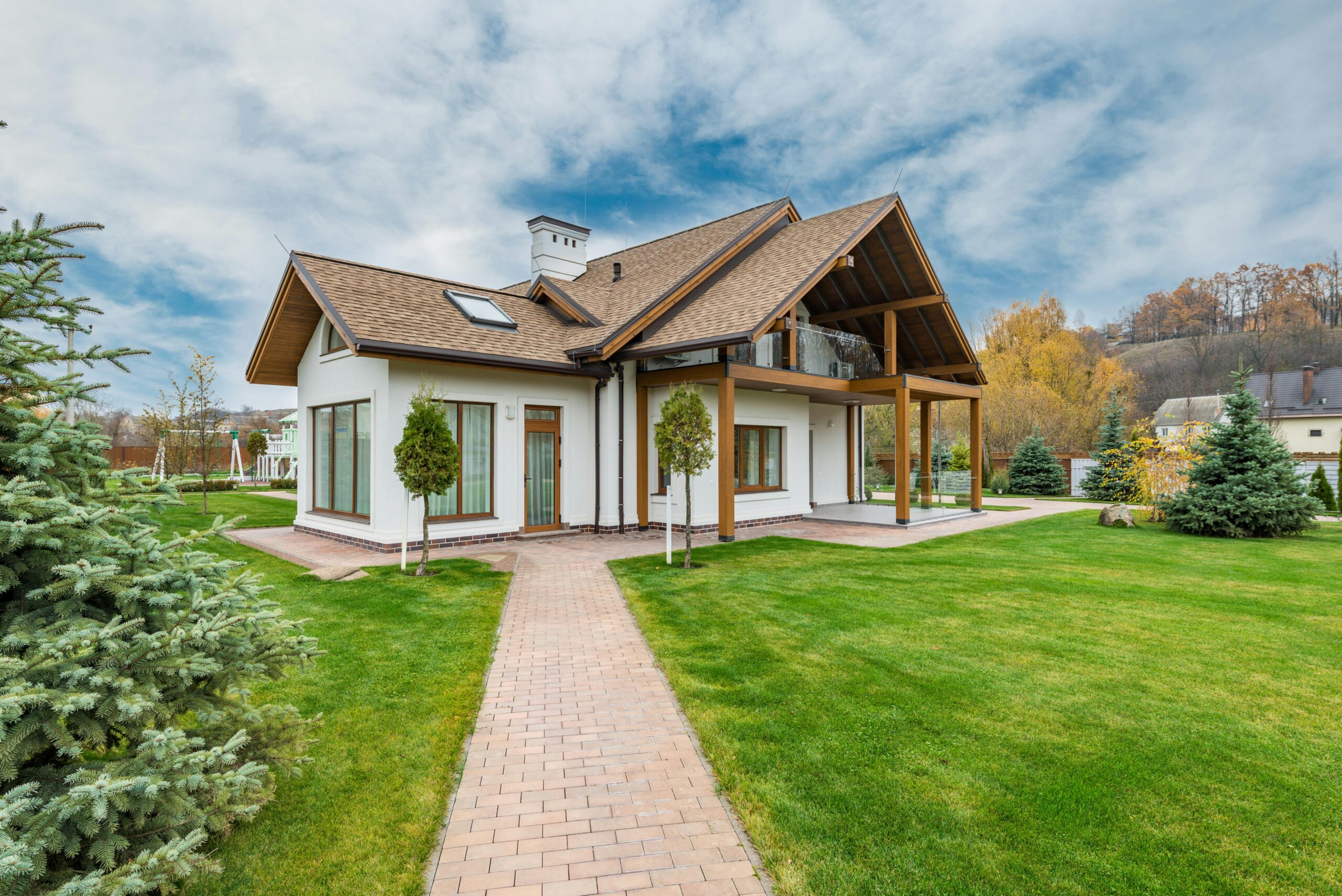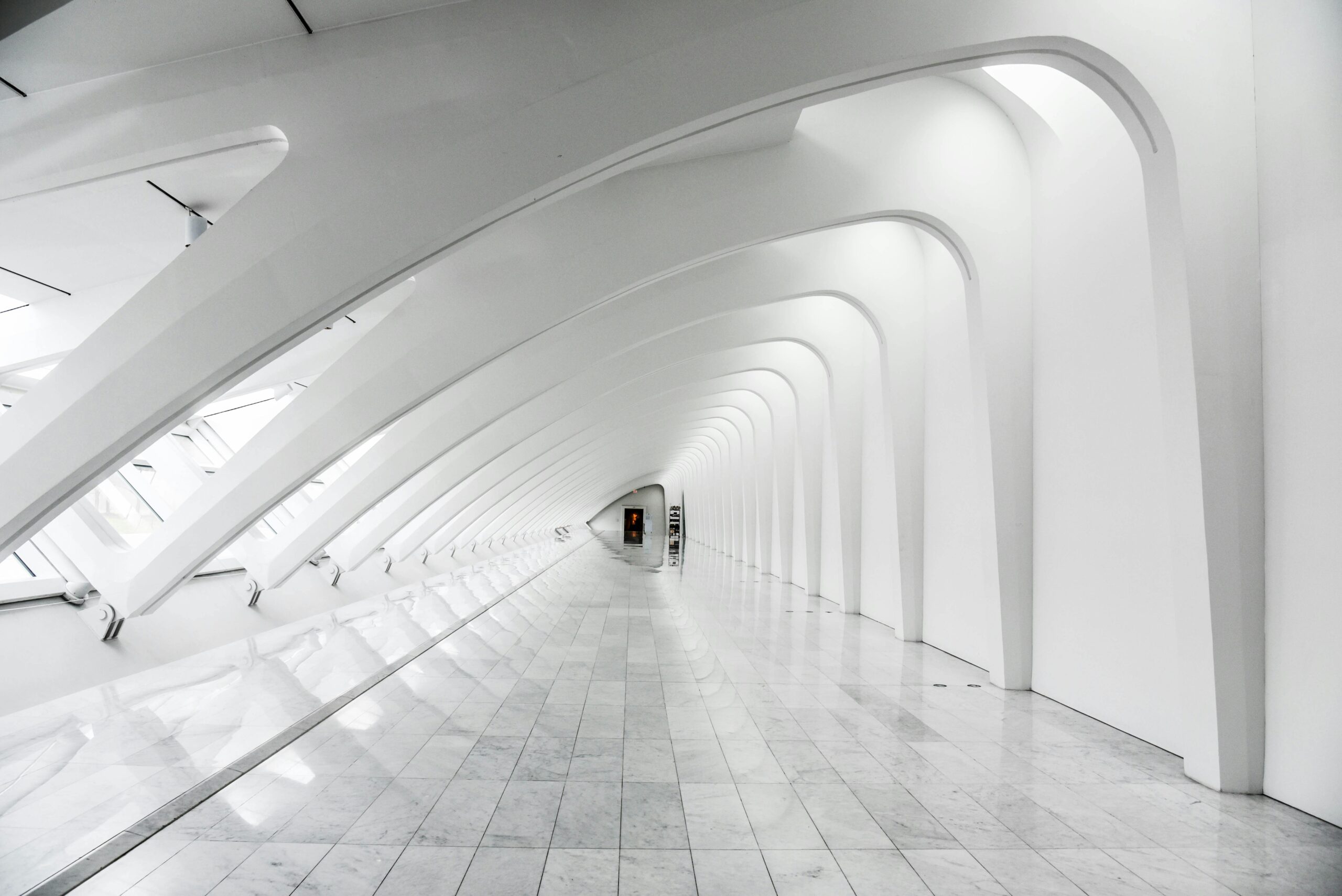In the world of interior design, cultural diversity is not just about incorporating various elements from around the globe; it’s a dialogue between tradition and modernity, an exploration of identity through space, and a celebration of the world’s aesthetic diversity.#
Our 3D studio has worked with many different styles and we are always happy to put new interior ideas that have strong cultural backgrounds, from Japanese to Scandinavian, from Marrocan to Indian. It is not a must to create all your spaces in one style, you can just add some details of one particular culture to make your modern apartment more diverse and welcoming.
This article delves into how 3D visualization brings these diverse cultural elements to life within modern interiors.
Traditional Japanese Interiors: Harmony and Tranquility

The essence of traditional Japanese interior design lies in its pursuit of harmony and tranquility, drawing heavily on the concepts of nature and minimalism. Key elements include tatami mats, shoji screens, and tokonoma alcoves, each serving a purpose beyond the aesthetic, fostering a serene atmosphere that encourages reflection and calm.
Tatami mats, made from rice straw, ground any Japanese interior with their natural texture and subtle scent. Shoji screens, with their translucent paper set in wooden frames, allow light to diffuse softly throughout the space, creating a bright yet gentle ambiance. The tokonoma alcove, often displaying calligraphy or ikebana, offers a focal point that pays homage to the arts and nature.
In 3D visualization, these elements are rendered with careful attention to texture, light, and spatial balance, allowing viewers to immerse themselves in a meticulously crafted digital zen environment. The virtual depiction emphasizes simplicity, natural materials, and the delicate interplay between shadow and light, characteristics central to Japanese aesthetics.
Scandinavian Minimalism: Functional Beauty

Scandinavian is extremely popular not only in Europe but in the USA as well. We have worked a lot with Scandinavian-style houses and apartments all around the world.
Scandinavian design champions functionality, simplicity, and a connection to the outdoors. It’s characterized by white walls, wooden floors, and an abundance of natural light, complemented by simple, functional furniture. This design philosophy reflects the Nordic environment and lifestyle, prioritizing warmth, light, and efficiency during long winters.
The color palette is typically muted, utilizing whites, grays, and blues to create a calm, cohesive look. Wood, whether in flooring, furniture, or accents, introduces warmth and texture, balancing the minimalistic approach with a sense of coziness and comfort.
Through 3D visualization, Scandinavian interiors can be modeled to showcase the effectiveness of minimal decor, the strategic use of light, and the uncluttered, breathable spaces that define this style. The technology allows designers to experiment with different layouts and materials, optimizing the functional beauty that is the hallmark of Scandinavian design.
Vibrant Moroccan Living Spaces: A Feast for the Senses
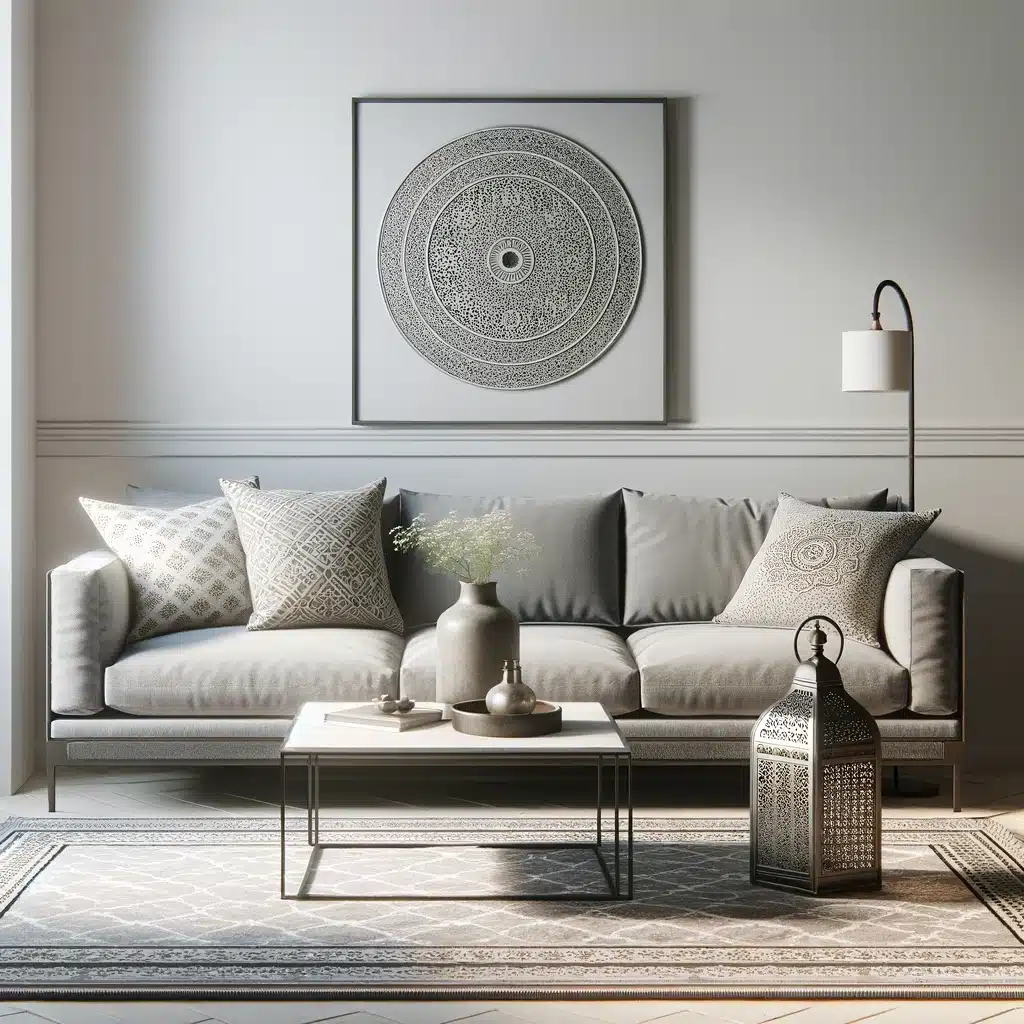
Moroccan interior design is a vibrant feast for the senses, renowned for its intricate tile work, colorful fabrics (even though in the image we have chosen to show minimalistic marrocan style, with less colors), and ornate lanterns. This style is a testament to Morocco’s rich cultural history, a blend of Arab, Berber, European, and African influences. Plush cushions, warm colors, and elaborate patterns invite warmth and hospitality, while archways and intricate detailing pay homage to Islamic architectural influence.
The use of color in Moroccan design is bold and expressive, with hues of blue, red, orange, and gold creating dynamic and inviting spaces. Textiles are layered with abandon, from rugs to throw pillows, each piece adding to the overall richness of the design. Lighting is another crucial element, with lanterns and lamps casting intricate shadows and creating a warm, ambient glow.
3D visualization tools bring Moroccan interiors to life with stunning realism, allowing for an exploration of color, texture, and light. Designers can experiment with different combinations of tiles, fabrics, and furniture, creating spaces that are both visually stunning and deeply rooted in Moroccan traditions.
Balinese Interior Design: Tropical Serenity
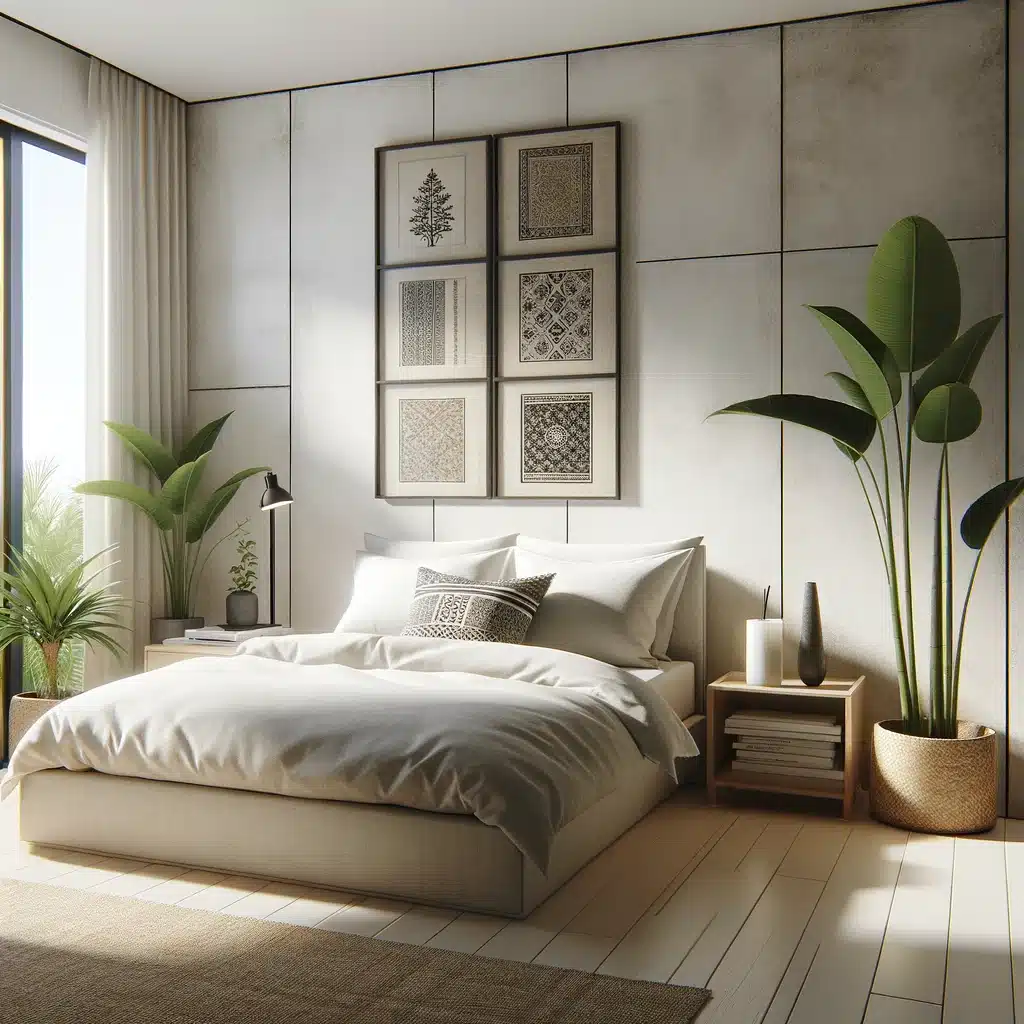
Balinese interior design reflects the island’s natural beauty, spiritual heritage, and renowned craftsmanship. This style is characterized by open layouts that embrace indoor-outdoor living, natural materials like bamboo, teak wood, and stone, and decorative elements that draw from nature and Hindu symbols.
The incorporation of water features, lush greenery, and statues of deities creates a tranquil and meditative space that honors the island’s culture and traditions.
Indian Interior Design: Vibrant and Eclectic
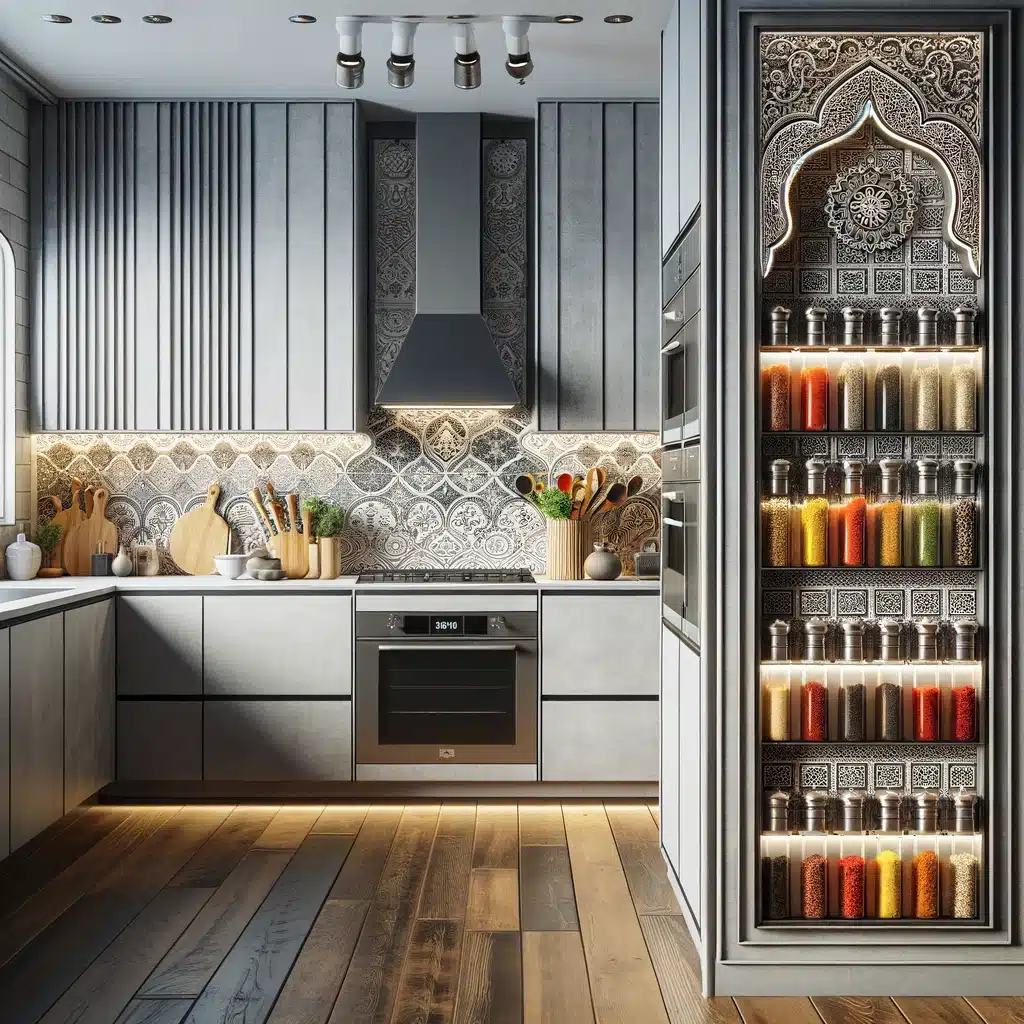
Indian interior design is a kaleidoscope of colors, patterns, and textures, mirroring the country’s diverse cultural landscape. Rich hues, intricate carvings, and handwoven textiles are hallmarks of this style.
Spaces are adorned with traditional Indian artifacts, such as brass lamps, jharokha mirrors, and colorful tapestries, creating an environment that is both vibrant and deeply rooted in heritage.
Indian design often incorporates Vastu Shastra principles, aligning the home with natural energies for harmony and well-being.
Mediterranean Style: Sun-Kissed Elegance
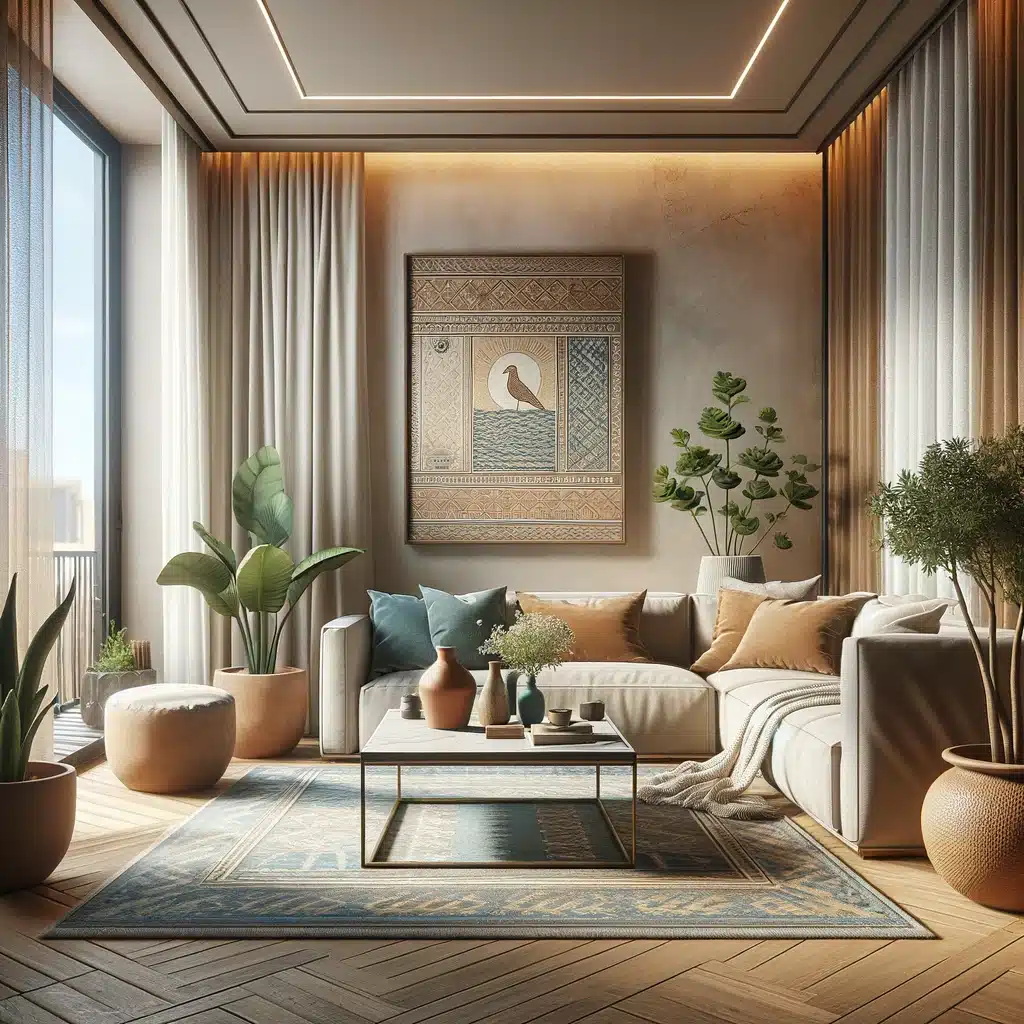
The Mediterranean style captures the essence of the sea, sun, and natural landscape of the region.
Characterized by stucco walls, terracotta floors, and exposed wooden beams, this style evokes the warmth and rustic charm of Mediterranean villages.
Arches, wrought iron accents, and mosaic tiles add decorative flourishes, while the color palette features warm earth tones and shades of blue and green, reflecting the natural surroundings.
This design style emphasizes comfort, simplicity, and the joy of indoor-outdoor living.
African Interior Design: Earthy and Artistic
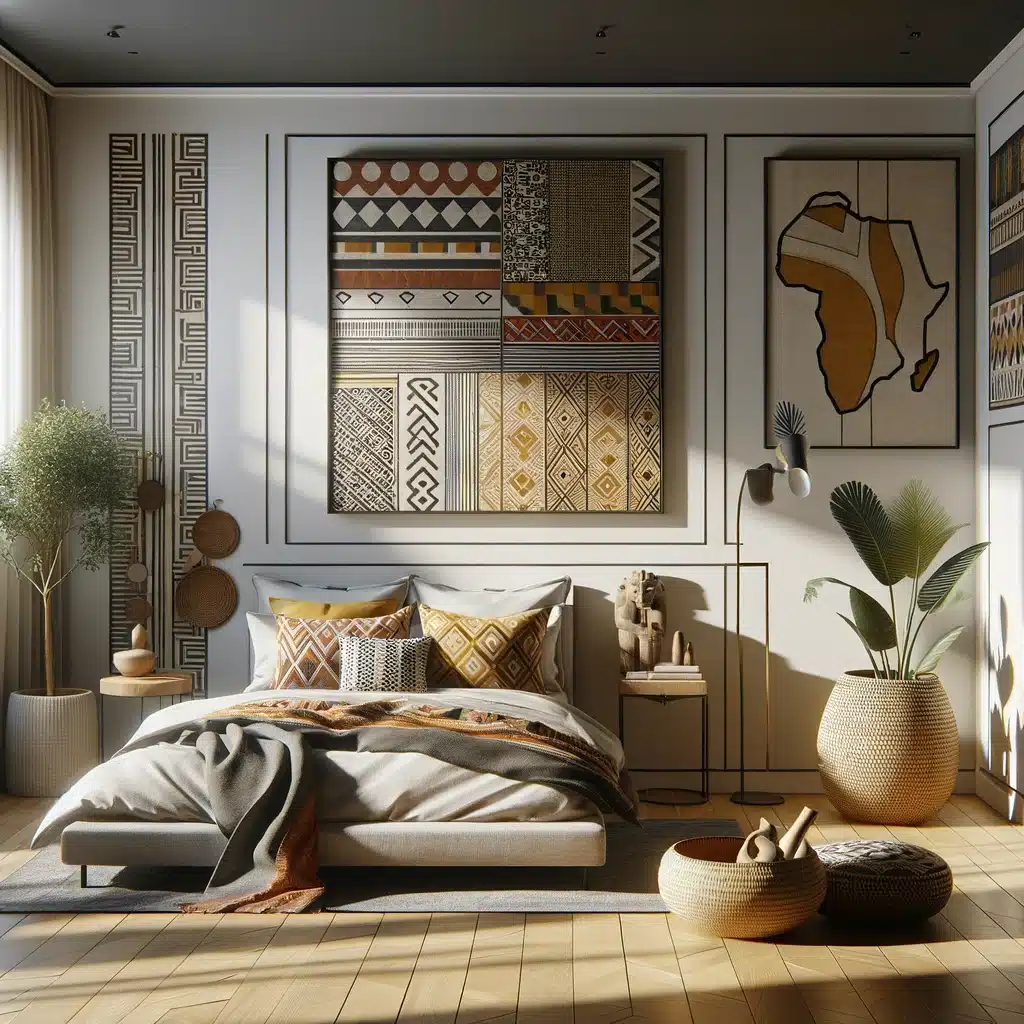
African interior design is inspired by the continent’s vast cultural heritage and natural landscapes. It features bold geometric patterns, earthy color schemes, and an abundance of natural materials, including wood, leather, and woven fabrics.
Artifacts and textiles, such as masks, sculptures, and batik prints, play a significant role in adding a touch of authenticity and artistic expression.
The African style is about connecting with nature and celebrating the continent’s rich artistic traditions.
Certainly! Delving into interior designs inspired by various cultures offers a rich palette of styles, materials, and motifs to explore. Here are three culturally inspired interior design ideas beyond the conventional industrial and rustic themes:
Andalusian Style: A Fusion of Moorish and Spanish Elegance

Andalusian interior design merges the intricate Moorish decorative details with the vibrant warmth of Spanish aesthetics.
This style is characterized by ornate tile work known as azulejos, which decorate both floors and walls, creating stunning visual backdrops. Wrought iron fixtures, arched doorways, and carved wooden elements add depth and historical richness.
The use of indoor courtyards or patios with water features, such as fountains, incorporates a sense of tranquility and connection to nature. Color palettes blend earthy tones with vibrant blues, greens, and whites, reflecting the natural landscape of Andalusia.
Bauhaus Style: Minimalism Meets Functionality
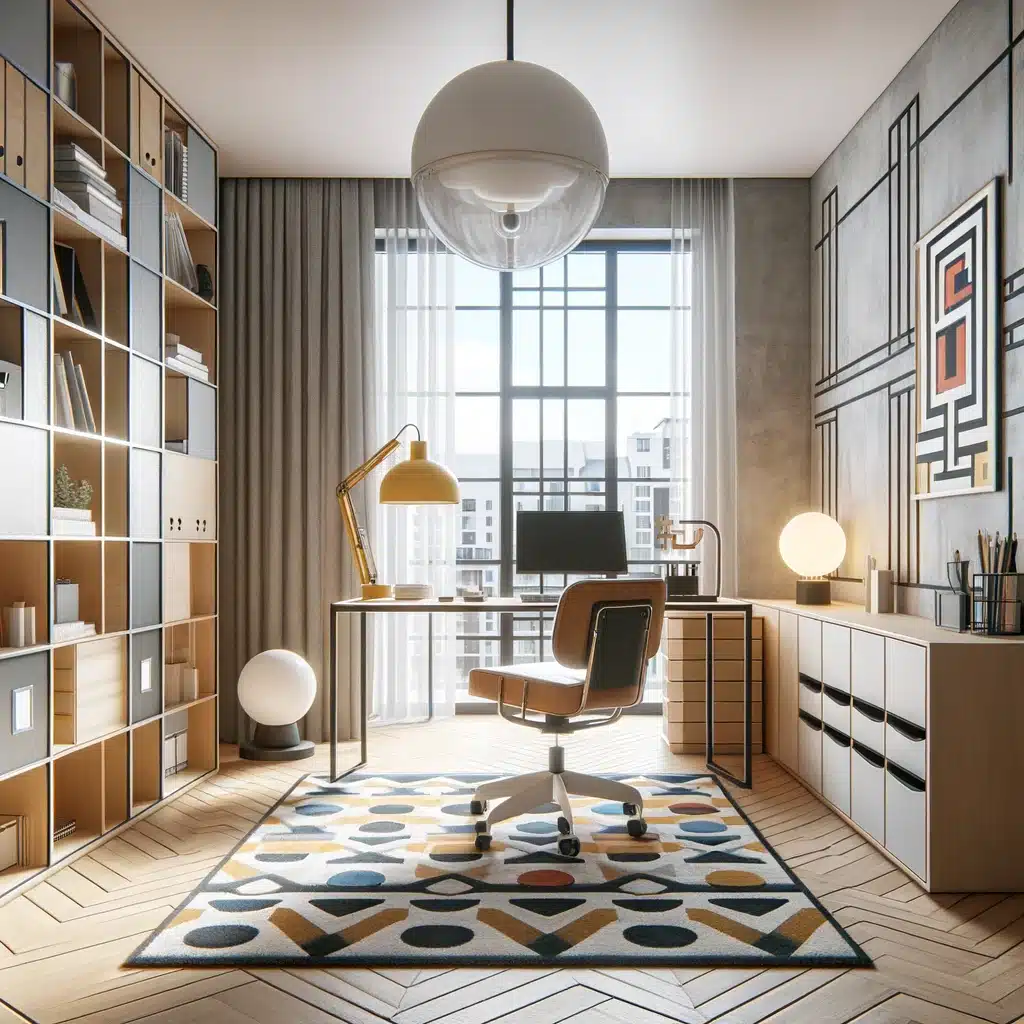
The Bauhaus movement, originating in Germany, emphasizes functional simplicity and the integration of art and industrial design. Bauhaus interiors are known for their clean lines, rational use of space, and minimal ornamentation.
Furniture and decor are designed with an emphasis on utility and efficiency, often featuring steel, glass, and other industrial materials.
The color scheme is typically a base of primary colors against neutral backgrounds, creating contrasts and visual interest. Lighting fixtures and textiles often incorporate geometric shapes, adding to the aesthetic without overpowering the space’s minimalist ethos.
Peranakan Style: Vibrant Legacy of the Straits Chinese
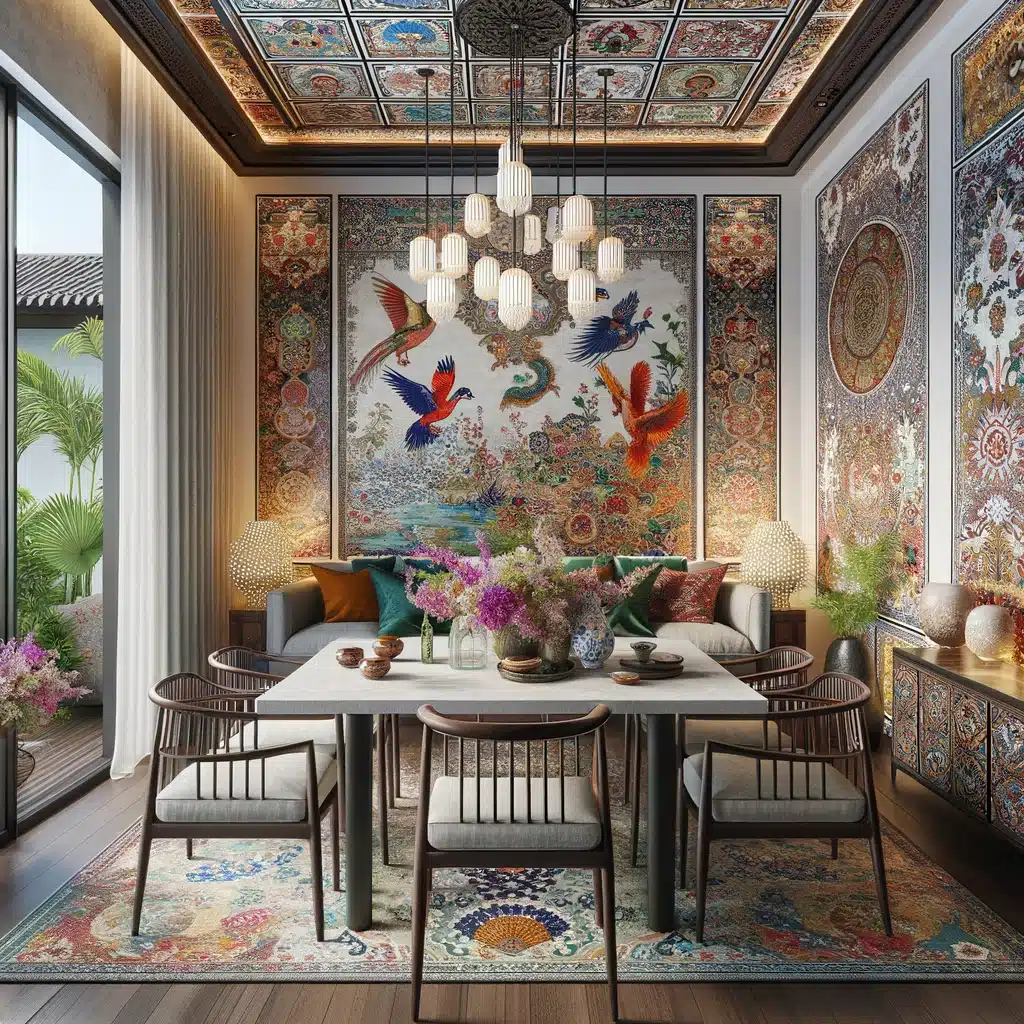
Peranakan (or Nyonya) interior design reflects the unique culture of the Straits Chinese, a community that emerged from the early Chinese immigrants settling in the Malay Archipelago.
This style is distinguished by its vibrant colors, intricate patterns, and eclectic mix of Chinese, Malay, and colonial influences.
Antique wooden furniture with intricate mother-of-pearl inlays, colorful beaded decorations, and hand-painted tiles are hallmarks of this design. Fabrics are rich in texture and pattern, featuring floral and bird motifs.
Peranakan interiors are often layered, combining various textures and elements in a way that is both opulent and harmonious, creating spaces that are rich in history and color.
Conclusion
The power of 3D visualization in interior design lies in its ability to transcend borders and time, allowing us to explore and integrate diverse cultural aesthetics into modern living spaces. Whether it’s the serene minimalism of Japanese design, the functional beauty of Scandinavian interiors, or the vibrant richness of Moroccan spaces, 3D visualization offers a unique platform for celebrating cultural diversity in design.
By embracing these diverse styles, interior designers and homeowners alike can create spaces that reflect a global perspective, bringing the world closer one room at a time. In doing so, we not only pay tribute to the beauty and complexity of different cultures but also foster a deeper appreciation for the ways in which design can bring us together.





